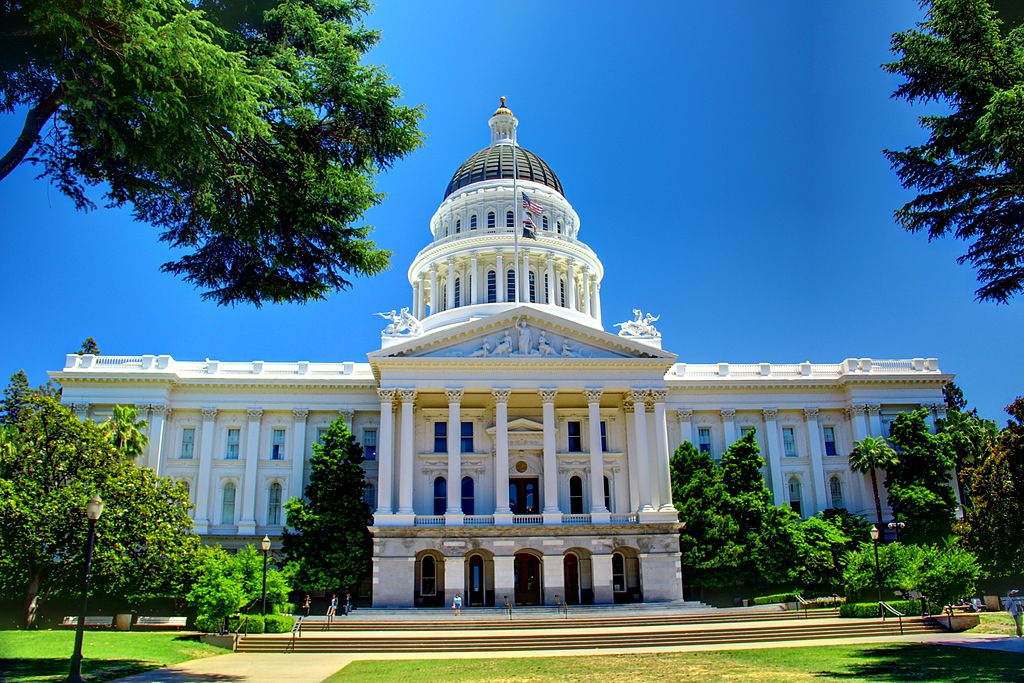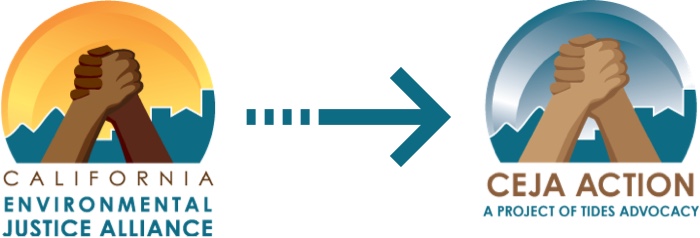How to Ensure Environmental Justice is Served in CA’s May Budget Revise

Asilvero, CC BY-SA 3.0, via Wikimedia Commons
As CEJA eagerly awaits the Governor’s May Revise announcement this Friday, May 12, we want to share our assessment of what a just and equitable budget must include. If Governor Newsom wants to stand with impacted communities, his proposal must preserve and fund critical environmental justice budget priorities and protections.
What CEJA Wants in the California Budget Revise
CPUC Community Renewables and Storage – $400M for FY 2023-2026
As California embarks on a massive buildout of clean energy, it must prioritize access and benefits for frontline communities of color. Community solar and storage can play a critical role here, allowing community members to subscribe to a portion of a nearby solar project and receive guaranteed bill savings off their energy bills. Community solar and storage projects can also increase local and system grid reliability, which can prevent power outages and enable the quicker retirement of polluting gas plants.
Despite this promising potential, California is far behind other states in supporting community solar growth when it should be leading. $400M from the State can help enhance equitable project development, and put us in a more competitive position to apply for federal funding from the Inflation Reduction Act. Given historical legacies of disinvestment and neglect, this is a unique window of opportunity to set the right course for energy equity and environmental justice.
SGC Community Resilience Centers – $160M for FY 2023-24
The SGC Community Resilience Centers Program is a critical, community-led program that can address a foundational gap in climate resilience investments in communities and neighborhoods throughout the state. This program would enable the construction and rehabilitation of neighborhood-based community facilities such as health clinics, community centers, libraries, schools, and other public and community facilities to serve as resilience centers that address the growing needs of working-class communities of color.
The need to strengthen communities and create long-term resilience is increasingly apparent. Extreme heat, wildfires, power outages, smoke waves, and flooding are creating an almost year-around disaster cycle that exacerbates the existing environmental degradation experienced in frontline communities. Community Resilience Centers will invest in community-identified needs and create access to healthy improved insulation, clean energy microgrids, and cooling access.
SGC Transformative Climate Communities – $420M for FY 2021-2024
The TCC program focuses on long-term catalytic investments for community transformation.The program aims to empower the communities most impacted by pollution to choose their own goals, strategies, and projects to reduce greenhouse gas emissions.
This program supports California communities most impacted by pollution to develop coordinated, holistic climate projects and offers them catalytic funding to turn those visions into reality. It is an opportunity for residents to visions and self-determine the transformations of their neighborhoods.
CEC Equitable Building Decarbonization – $665M for FY 2023-2024 and $145M for FY 2024-26
The California Energy Commission (CEC)’s Equitable Building Decarbonization program will provide direct access and installation of a suite of technologies and retrofits for cooling, energy, and building efficiency for low-income households.
This is critical for California to meet its ambitious climate targets and also provides impacted households with important co-benefits like improved air quality and lower energy costs. Holistic building upgrades will provide communities with healthy, safe, and resilient homes as well as opportunities for targeted local hire and workers impacted by the clean energy transition.
What CEJA Doesn’t Want in the California Budget Revise
Funding for CCS and Dairy Digesters
Investment in climate dead ends like dairy digesters and carbon capture technologies not only delays real climate action but also cannibalizes critical dollars in a challenging budget landscape. The money can be spent better on real solutions to the climate crisis, like community solar and storage. CCS and dairy digesters have long required significant subsidization in order to be considered viable. With California’s limited resources, the state should no longer give multimillion dollar industries huge incentives that merely mean they can maintain business as usual at the expense of low-income, communities of color.
Weakened CEQA Protections
We need to preserve the following aspects of the important environmental review process:
- Democratic Process: We do not want to prevent community residents from participating in CEQA’s public process and decision-making. We do not want to remove the public comment period and limit opportunities for the public to have a voice on land use decisions that may affect their health and well-being.
- Notification: We do not want to eliminate CEQA’s ability to notify local residents about proposed projects in their neighborhoods.
- Environmental Review: We do not want to disregard the public’s input on a project’s potential impacts and harms, or dismiss their suggestions for mitigation and project alternatives.
We do not want to weaken CEQA’s protections and requirements for projects that would have impacts on community health.

